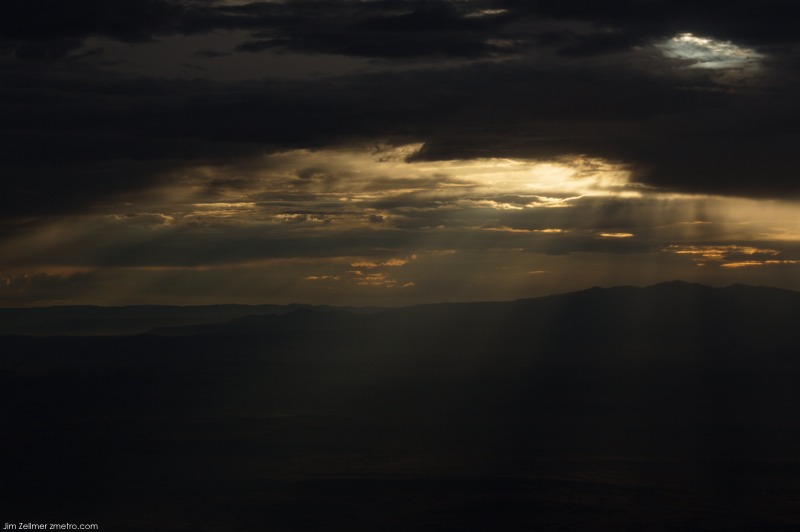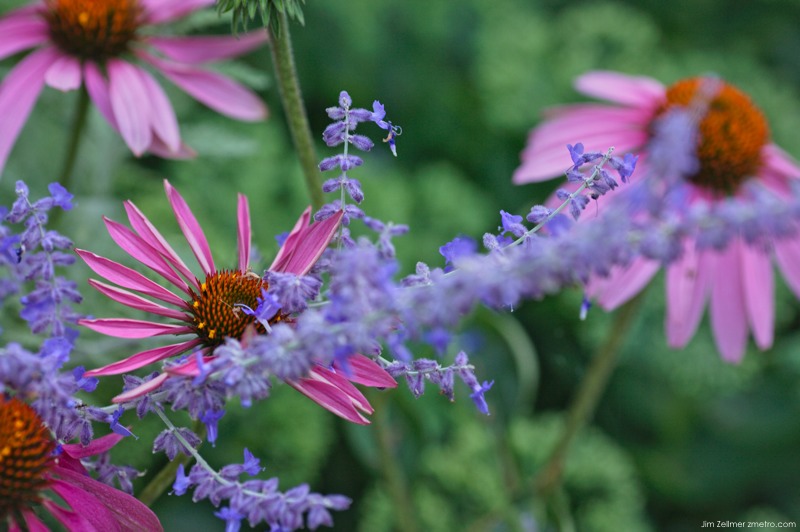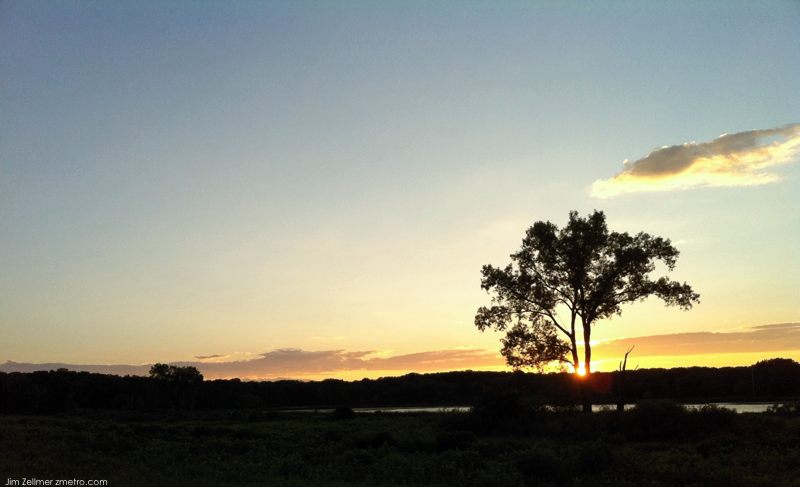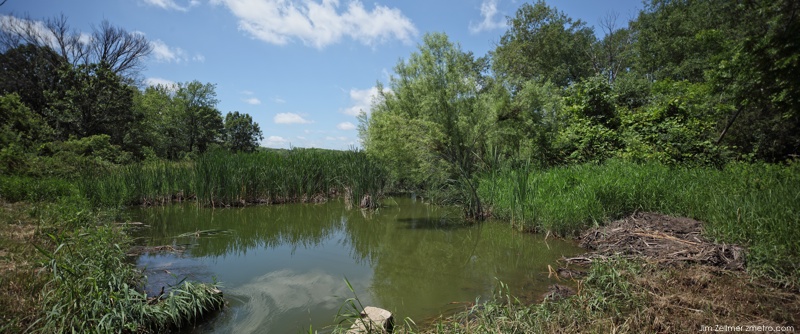
Category: Geography
Flowers: God’s Handiwork

Matt Simmons, Author of “Twilight in the Desert” and Peak Oil Speaker, Dies at Age 67
In his view (and in ours, too), way too many people hear about the huge reported reserves of Saudi Arabia and other Middle Eastern countries, and assume that this oil is really available for extraction. Matt makes the point that these reserves, and many others around the world, have not been audited. In fact, they seem to be political numbers, so we cannot depend on them. He also points out that we also do not have detail data with respect to historical oil extraction from individual fields in the Middle East, so we really do not know how close to decline Saudi Arabia and other Middle Eastern countries really are.
In 2005, Matt Simmons wrote a book called Twilight in the Desert. In it, he summarized what he learned about Saudi Arabian oil production by reading 200 academic papers. He concluded from his analysis that the oil extraction techniques being used there were techniques that one might use if the fields were quite depleted. Because of this, he doubted that we should believe stories that Saudi oil production can be greatly expanded. Instead, he raised the possibility that in the not too distant future, Saudi oil production will suddenly decline. Matt’s research underlying the book was no doubt behind his concern that oil reserves and oil production rates are not audited.
Another thing Matt is known for is his educational graphics about “what is really going on” with respect to oil extraction. For example, in his talk at the 2009 ASPO–USA conference, he shows this graphic of the amount of conventional oil discovered by decade.
Community Yoga

God’s Glory: A Gorgeous Sunset

Shot with the fairly impressive iPhone 4 camera.
“Forgotten Places” – Native American Mounds at Madison’s Elmside Park
iPhone / iPad and iPod users click here.
Worldwide Panorama is collecting panoramic scenes with the theme “Forgotten Places”. Nancy suggested Madison’s Elmside Park. Here it is.
From Native American Mounds in Madison and Dane County (A Madison Heritage Publication):
At the corner of Lakeland Avenue and Maple Avenue overlooking Lake Monona are two well-preserved Late Woodland animal effigies now referred to as a lynx and a bear. These mounds were originally part of a dense and extensive cluster of mounds that extended along the north shore of Lake Monona. Once part of the Simeon Mills farm, this site was still a favored Winnebago campground as late as the late 19th century. Most of the mound cluster, which included a bird effigy with a reported wingspan of 568 feet, was destroyed by turn-of-the-century residential development. Nearby, the beautiful sculpture, entitled “Let the Great Spirits Soar,” was carved by Harry Whitehorse, a Winnebago whose ancestors have lived in the Four Lakes area for hundreds of years. The sculpture was carved from a storm-damaged hackberry tree and honors his Indian ancestors and the effigy mound builders.
Water, Water: Fitchburg’s Dunn’s Marsh after the Storms

The Tragic Race to be First to the South Pole
In 1910, two men set out to be the first to reach the South Pole in a race that would be both heroic and tragic. The men had different reasons for their journeys, took different routes and made different decisions that would ultimately seal their respective fates, and those of their teams.
The American Museum of Natural History delves into this storied event to bring visitors as close as possible to this historic event and the people involved in their new exhibit, “Race to the End of the Earth,” starting May 29. Artifacts, photographs, replicas and models give life to the two rivals and their treacherous 1,800-mile marches to the center of Antarctica.
Robert Falcon Scott set off from Wales on July 15, 1910 on what was originally intended to be a primarily scientific expedition, but which quickly morphed into a quest to make history on behalf of the British Empire.
Meanwhile, Norwegian explorer Roald Amundsen, whose plan to reach the North Pole first had been thwarted by both Frederik Cook and Robert Peary, had secretly turned his sights on the South Pole. He left Oslo in June 3, 1910 with the intent of beating Scott to his goal.
Iceland, Eyjafjallajokull Time Lapse HD Video
Interview: Jung Garden Center’s Dick Zondag
MY grandfather started our mail-order company 100 years ago. In the early 1950s, customers were driving to Randolph, northeast of Madison, to see what they were purchasing by mail from us, and my dad saw an opportunity to start a local garden center.
One of my first jobs was to take the orders for shrubs from the garden center to a storage area and to take the shrubs to the customer. I was 11. I also hoed the weeds and detassled corn.
In the 1990s, the two branches of our family split the business. The Jungs received Jung Seed Genetics, which sells agronomic seeds to farmers, and the Zondags got the catalog division and the garden centers.